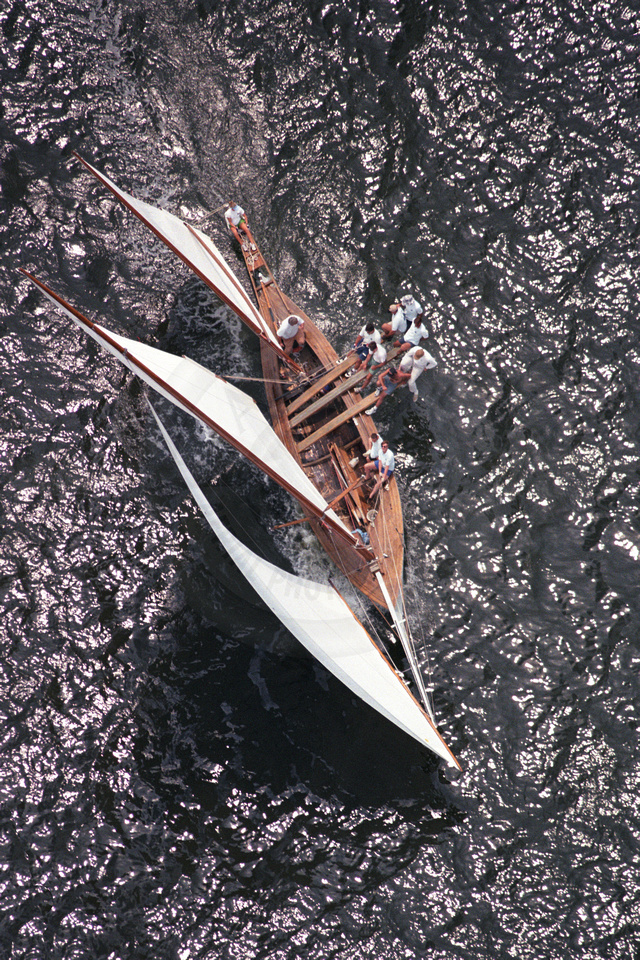-
Aerial Photographs▼
- Maryland - Anne Arundel
- Maryland - Baltimore City & Inner Harbor
- Maryland - Port of Baltimore Harbor
- Maryland -Baltimore County
- Maryland -Calvert County
- Maryland- Caroline County
- Maryland - Carroll County
- Maryland- Cecil County
- Maryland - Charles County
- Maryland -Dorchester
- Maryland -Harford County
- Maryland - Howard County
- Maryland- Kent County
- Maryland - Montgomery Cou
- Maryland - PG County
- Maryland -Queen Anne's
- Maryland - Somerset Count
- Maryland - St. Mary's Cou
- Maryland -Talbot County
- Maryland - Washington Cou
- Maryland- Wicomico County
- Maryland - Worchester Cou
- Lower Delmarva Peninsula
- Chesapeake Bay
- Chesapeake Wildlife
- Hunter's Favorites
- Environmental Concerns
- Farming on the Shore
- Bay From Above Pairs
- Shoreline Shapes and Monsters of the Chesapeake
- Special Events in MD
- Accident & Fire Investiga
- Air to Air
- Bruce Long Gallery
- Aerial / Flying Videos▼
- Non Flying Video / Images▼
- Recently Added
- Social Media▼
- Contact
- Blog
Log Canoe Races on the Chesapeake Bay
Originally built by the native Powhatan tribes along the Chesapeake Bay, these boats were adopted by early English settlers, who discovered that the sturdy craft could handle the rough waters of the Bay and carry a heavy load. For more than three centuries, the log canoe was essential to life on the Chesapeake Bay, the United States’ largest estuary, for travel, harvest and trade. The suitability of this open, shallow vessel for navigating and fishing along the Chesapeake waterways led to its adoption and assimilation by European colonists using imported tools and technology.
Beginning in the 1840s, log canoe racing was a spinoff from workboats racing one another between oyster bed and market to get the best price for their goods. A massive sailing rig was added to a Tilghmans Island canoe hull, thinned to reduce weight, transforming the workboat into a racing vessel. The outrageous amounts of canvas to increase speed resulted in a problem: in a strong wind the boat can tip. This necessitated windward ballast upon which a canoe’s crew could sit on and use their body weight to counterbalance the craft.
The early 20th century saw the construction of purpose-built racing boats as well as organized racing competitions in the northern Chesapeake Bay. These races became a annual organized competitions that were and continue today to be held in the Chesapeake Bay, where the crews pit themselves against each other and the wind in order to reach the finish line.
 Log Canoe Racers Aiming for the WinLog Canoe Racers cross the water aiming to win the race.
Log Canoe Racers Aiming for the WinLog Canoe Racers cross the water aiming to win the race.
While there may not be many of these boats still racing today, those that do race they have a fearless breed of sailor for crew. In order to balance out the wind in the enormous sails these crews climb out on windward ballasts over the water with nothing keeping them there but their strength and determination. Though at times even that is not enough and the sails and the sailors meet the water instead of the finish line. If you ask them about their boats they will say there is no other like them and they are worth the challenge.
 capsized JayDee 0066Aloft Aerial Photography
capsized JayDee 0066Aloft Aerial Photography
P.O. Box 2398
Easton, Md. 21601
410-770-5253
Comments
|
January
February
March
April
May
June
July
August
September
October
November
December
|
January
February
March
April
May
June
July
August
September
October
November
December
|
January
February
March
April
May
June
July
August
September
October
November
December
|
January
February
March
April
May
June
July
August
September
October
November
December
|
January
February
March
April
May
June
July
August
September
October
November
December
|
January
February
March
April
May
June
July
August
September
October
November
December
|
January
February
March
April
May
June
July
August
September
October
November
December
|
January
February
March
April
May
June
July
August
September
October
November
December
|
January
February
March
April
May
June
July
August
September
October
November
December
|
-
Aerial Photographs
▲
- Maryland - Anne Arundel
- Maryland - Baltimore City & Inner Harbor
- Maryland - Port of Baltimore Harbor
- Maryland -Baltimore County
- Maryland -Calvert County
- Maryland- Caroline County
- Maryland - Carroll County
- Maryland- Cecil County
- Maryland - Charles County
- Maryland -Dorchester
- Maryland -Harford County
- Maryland - Howard County
- Maryland- Kent County
- Maryland - Montgomery Cou
- Maryland - PG County
- Maryland -Queen Anne's
- Maryland - Somerset Count
- Maryland - St. Mary's Cou
- Maryland -Talbot County
- Maryland - Washington Cou
- Maryland- Wicomico County
- Maryland - Worchester Cou
- Lower Delmarva Peninsula
- Chesapeake Bay
- Chesapeake Wildlife
- Hunter's Favorites
- Environmental Concerns
- Farming on the Shore
- Bay From Above Pairs
- Shoreline Shapes and Monsters of the Chesapeake
- Special Events in MD
- Accident & Fire Investiga
- Air to Air
- Bruce Long Gallery
- | Aerial / Flying Videos ▲
- | Non Flying Video / Images ▲
- | Recently Added
- | Contact
- | Blog

